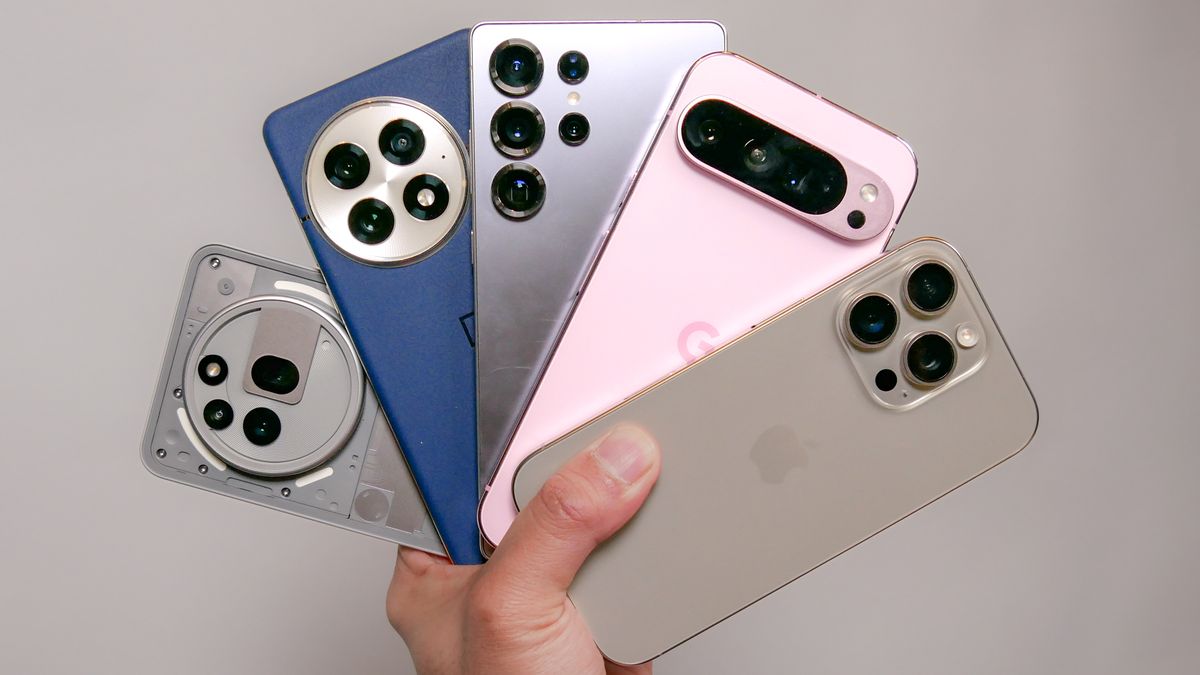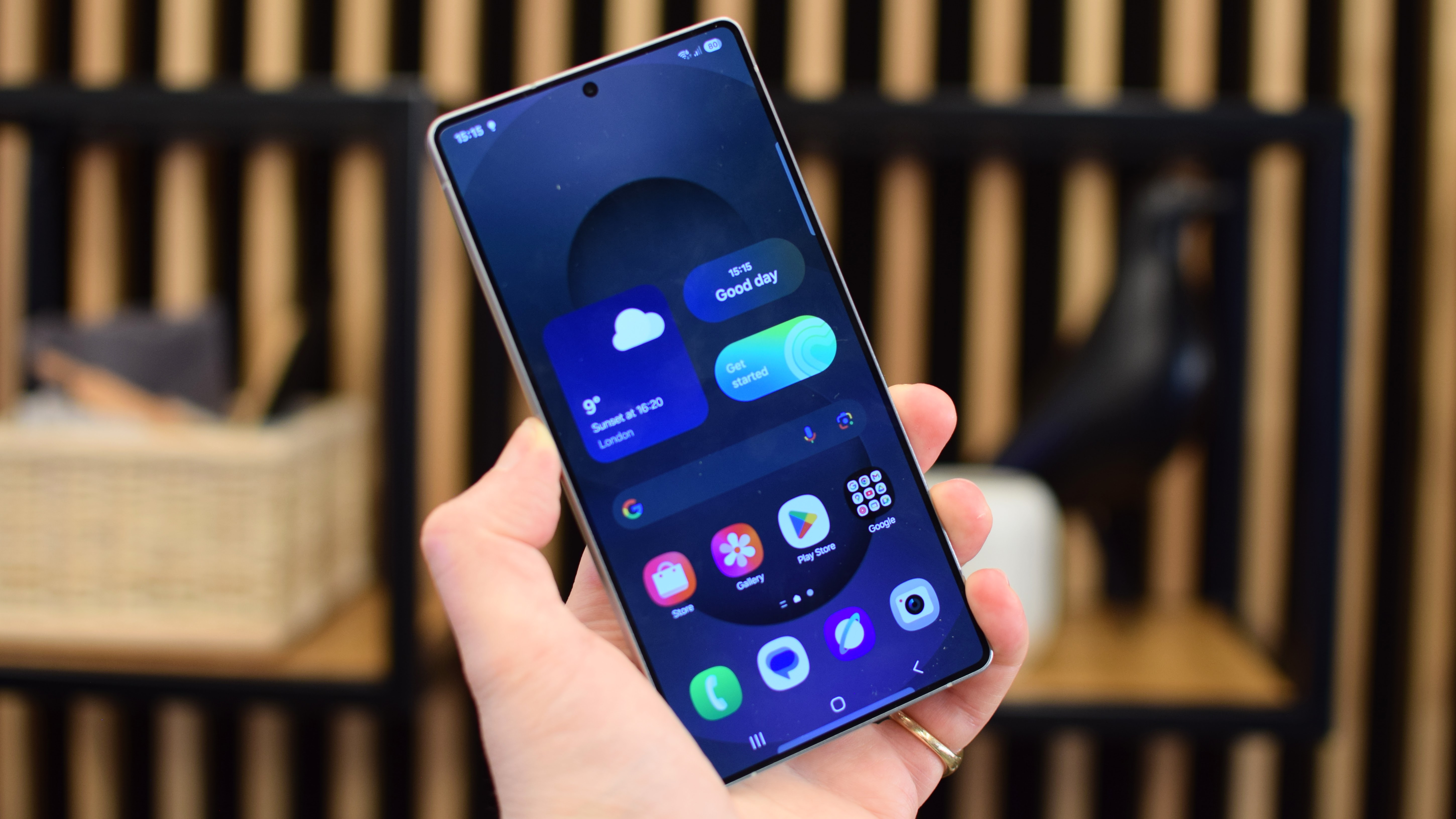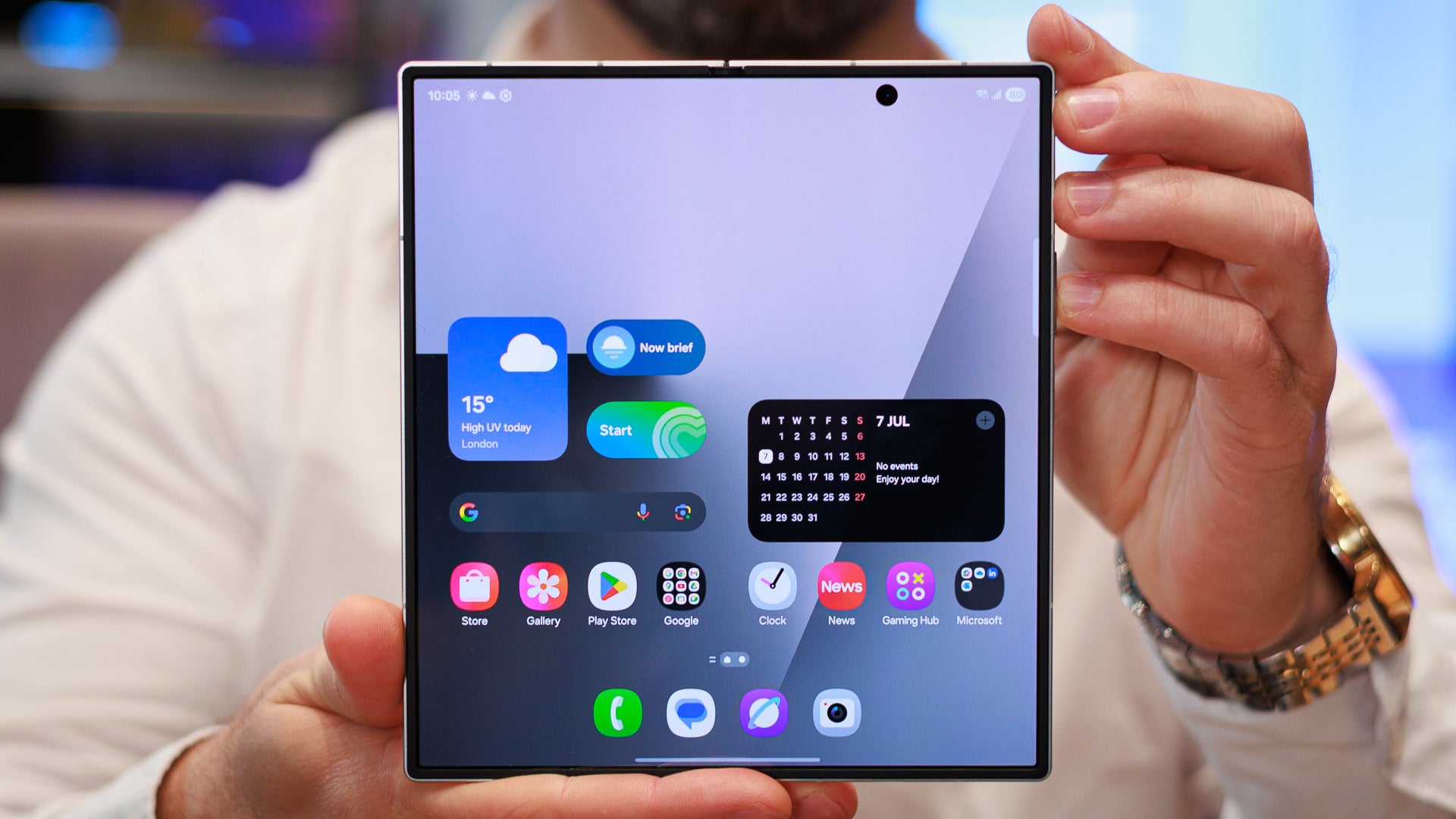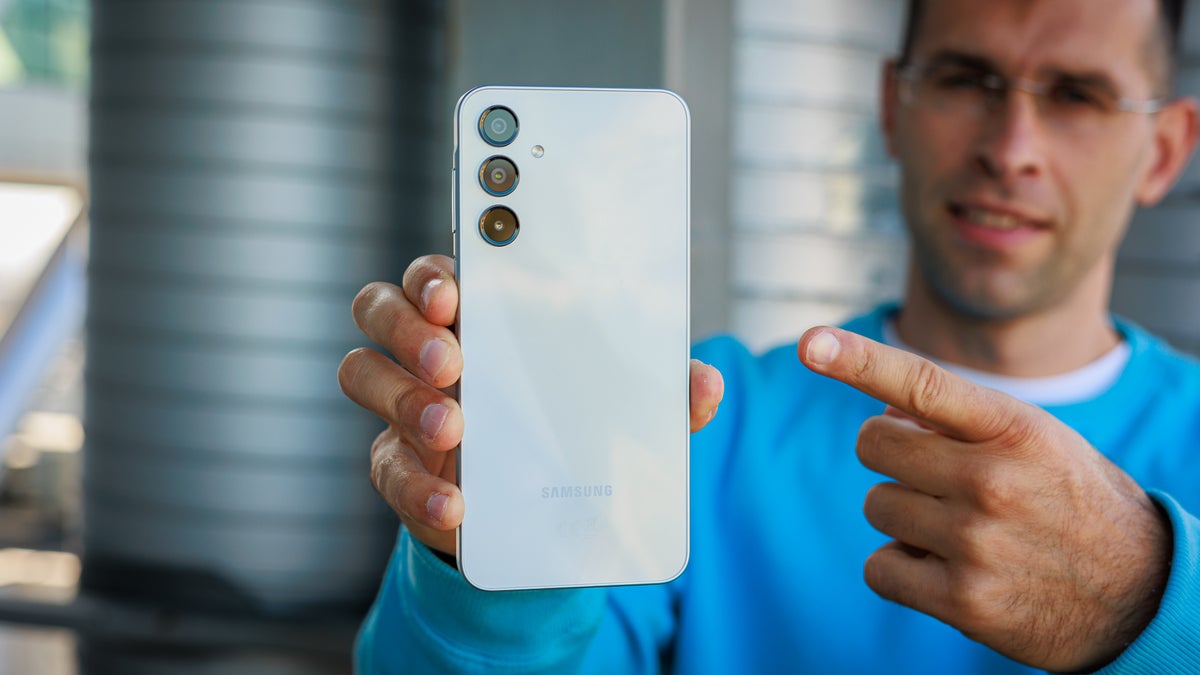
In today’s fast-paced digital world, few things are as frustrating as watching your smartphone battery plummet before your day is done. We’ve all been there: scrambling for a charger, missing important calls or messages, and feeling disconnected from the world simply because our device couldn’t keep up. It’s a universal problem that impacts productivity, entertainment, and peace of mind, making reliable battery life an absolute must-have feature for any modern handset.
Understanding why some smartphone batteries seem to vanish faster than others, and more importantly, how to circumvent this common issue, is crucial for any savvy tech user. While many factors contribute to battery longevity in daily use, the fundamental capacity and efficiency engineered into a phone’s hardware play the biggest role. Knowing the actual tested battery performance of a device can be your most powerful tool in the battle against premature power loss, guiding you toward a phone that truly supports your lifestyle, not one that constantly leaves you searching for an outlet.
This in-depth guide is designed to empower you with concrete information, drawing directly from extensive lab tests and real-world evaluations of the best phones hitting the market in 2025. We’re going to break down the battery endurance of some of the most popular and innovative devices, examining their reported battery life alongside their core specifications. Our goal is to equip you with the knowledge to select a phone that not only meets your performance needs but also keeps you charged and ready for whatever your day holds, effectively ‘fixing’ the fast drain problem by helping you make the right choice from the start.

1. **Apple iPhone 17: A Solid Performer for Most Users**The Apple iPhone 17 arrives as the best iPhone for most people, offering a compelling blend of features and performance without the premium price tag of its Pro siblings. In our extensive testing, this model demonstrated competitive battery life, managing to last an impressive “24 hours, 31 minutes” on a single charge. This figure positions it as a reliable daily driver, capable of getting typical users through a full day, and often well into the next, before needing a top-up.
This strong battery performance is a key part of what makes the iPhone 17 a “near-total package” for the average user. Its “Fast performance” and “Speedy wireless connections” are powered by the Apple A19 CPU, which is engineered for efficiency, balancing power with consumption. Even with its “Pro-level display” and advanced hardware, Apple has clearly focused on optimizing the overall power consumption to deliver a user experience free from constant battery anxiety.
For those who previously felt their iPhone batteries were draining too fast, the iPhone 17 presents a meaningful upgrade. It ensures that essential tasks, from communication to content consumption, can be handled throughout the day without interruption. While it lacks a telephoto camera, its overall robust feature set, including the “competitive battery life,” makes it an excellent value proposition, preventing the common fast-drain frustrations many users experience with older or less optimized devices.
Its operating system, iOS 26, is also known for its power management capabilities, which further contribute to its extended endurance. When you combine high-quality hardware with optimized software, you get a device that not only performs fast but also maintains its charge. This synergy is exactly what helps the iPhone 17 avoid the pitfalls of rapid battery depletion.
Ultimately, the iPhone 17 is a prime example of a phone that addresses the “why your smartphone battery drains fast” question by simply not draining fast for the majority of users. Its design philosophy prioritizes a holistic experience where battery longevity is a cornerstone, allowing users to focus on what they want to do with their phone, rather than constantly monitoring their battery percentage.

2. **Google Pixel 9a: Midrange Excellence with Practical Endurance**For Android enthusiasts seeking premium features without the premium cost, the Google Pixel 9a stands out as an “excellent midrange value.” Its battery life, as tested, comes in at “13 hours, 15 minutes,” providing a solid day of use for many users. While this figure might not match the top-tier flagships, it is certainly respectable for a device priced under $500, especially when considering its overall feature set.
The Pixel 9a boasts “Powerful performance” driven by the Google Tensor G4 CPU and “Excellent cameras” that are often a highlight of the Pixel line. These features, combined with a “bright screen” and “smooth performance,” typically demand a fair amount of power. Google’s ability to deliver over 13 hours of battery life amidst these capabilities demonstrates a thoughtful balance between performance and power efficiency within its midrange offering.
Furthermore, the Pixel 9a provides a “good range of AI-based photo-editing features” and an “IP68 rating against dust and water ingress,” adding to its value. The commitment to “seven years of software updates” is another significant advantage, ensuring the phone remains optimized and secure for an extended period, which can also help maintain battery efficiency over time as software is continually refined.
While “13 hours, 15 minutes” isn’t the longest endurance on our list, it is more than sufficient for general daily tasks, communication, and moderate media consumption. For users who primarily want a reliable phone that won’t die on them before evening, the Pixel 9a offers a practical solution. It avoids excessive battery drain through efficient hardware and software integration, ensuring that its powerful features don’t come at the cost of crippling battery performance.
Therefore, if you’re looking for a phone that strikes a balance between affordability, performance, and dependable battery life, the Pixel 9a is a strong contender. It manages to deliver a user experience that minimizes the worries of fast battery drain, particularly within its price category, making it an empowering choice for budget-conscious consumers seeking quality.

3. **Samsung Galaxy S25 Ultra: Power User Demands and Robust Battery Life**The Samsung Galaxy S25 Ultra is designed for the ultimate power user, packing “Class-leading performance” and a suite of advanced features. Despite its demanding specifications, including a “Sharp, anti-reflective screen” and “Powerful AI features,” it delivers a commendable battery life of “14 hours, 15 minutes” in our tests. This makes it one of the longest-lasting Samsung phones we’ve tested, a crucial factor for those who push their devices to the limit.
This impressive endurance is particularly noteworthy given the hardware it’s running. The S25 Ultra features the “Snapdragon 8 Elite for Galaxy processor,” up to 1TB of storage with 12GB of RAM, and “the best camera stack you can get on an Android phone in the US.” These components are power-hungry, yet Samsung has engineered the device to manage consumption effectively, preventing the kind of rapid battery drain often associated with such high-performance devices.
Key to its appeal for artists and note-takers is the embedded S Pen stylus, which allows for sketching and jotting on the run. The inclusion of “Galaxy AI” features, described as “equal parts useful and fun,” along with “Samsung’s powerful productivity software,” further solidifies its position as a productivity powerhouse. All these features running simultaneously could easily lead to fast drain if not for careful optimization.
Samsung’s commitment to “long software support window” also implies ongoing improvements to power efficiency, which helps to maintain optimal battery performance throughout the phone’s lifespan. For users who need a device that can handle intensive multitasking, advanced photography, and creative work all day, the S25 Ultra’s battery life is a testament to its robust engineering, proactively addressing potential fast-drain scenarios.
In essence, the Galaxy S25 Ultra proves that you don’t have to sacrifice battery life for top-tier performance and features. It’s a phone that’s built to last, both in terms of its physical durability and its daily power reserves, making it an excellent choice for anyone who dreads the sight of a low battery notification during a busy day.

4. **Samsung Galaxy Z Fold 7: The Folding Frontier and Its Battery Considerations**The Samsung Galaxy Z Fold 7 represents the pinnacle of folding phone technology, lauded as “the best large-screen foldable yet.” With its “Exceptional hardware” and “Excellent displays,” it offers an unparalleled mobile experience. However, the complexity of dual screens and powerful components often presents a unique challenge for battery life, which is reflected in its tested “13 hours, 10 minutes” endurance.
While this figure might appear modest compared to some traditional flagships, it’s quite respectable for a foldable device of this caliber. The Z Fold 7 is lighter and more compact than its predecessor, the Z Fold 6, yet still provides a “larger cover screen and larger internal screen.” Managing power across these expansive, vivid displays, coupled with a “powerful Qualcomm Snapdragon 8 Elite for Galaxy processor,” is a significant engineering feat.
Its features like “powerful multitasking features” and “advanced Galaxy AI tools” further underscore its role as an all-in-one solution for mobile productivity and entertainment. These capabilities, while incredibly useful, are inherently power-intensive. Samsung has clearly worked to optimize the power consumption to ensure that users can fully leverage the unique form factor and software, minimizing unexpected fast drain.
The “IP48 rating” and “seven years of software support” also add to the phone’s long-term viability, suggesting that battery optimization will continue to be a focus through future updates. For early adopters and power users drawn to the versatility of a folding phone, understanding this balance is key. The Z Fold 7 offers a compelling package, and its battery life, though not class-leading globally, is solid within its niche.
Choosing a folding phone means embracing cutting-edge design, and the Z Fold 7 delivers a dependable battery experience that ensures the unique form factor doesn’t translate into constant battery woes. It’s about getting the best of both worlds: innovative design and a battery that, while average compared to non-foldables, is robust enough to handle the demands of its sophisticated capabilities, mitigating the risk of inconveniently fast power depletion.

5. **Google Pixel 10 Pro: Smart AI Features and Important Battery Balance**The Google Pixel 10 Pro, designated as the “Best Android Phone for Most People,” beautifully integrates advanced AI features with premium hardware. It offers “Refined and appealing hardware,” a “bright, detailed screen,” and “sharp cameras.” However, its tested battery life of “12 hours, 40 minutes” is noted with a ‘Con’ stating, “Battery life should be longer.” This highlights a potential area where users might experience faster drain compared to some other devices on our list.
At the heart of the Pixel 10 Pro’s appeal are its “Advanced, easy-to-use AI features” and the “Google Tensor G5 CPU” which runs AI locally to “speed up everyday tasks.” These features, such as “live call translation and language-based photo edits,” create a truly standout experience. While revolutionary, powerful AI processing can be quite demanding on a phone’s power reserves, leading to the observation that its battery life “should be longer.”
Despite this, the Pixel 10 Pro is an excellent choice for those who “enjoy mobile photography or want a pure Google software experience.” Its commitment to “seven years of OS updates” also means that Google will continue to optimize its software, which could potentially lead to improved battery efficiency over time. However, at launch, its endurance is a factor to consider for heavy users.
For anyone looking at the Pixel 10 Pro, it’s important to balance the desire for cutting-edge AI and a pristine Google experience with the reality of its tested battery performance. While it’s certainly capable of getting through a standard day for many, power users might find themselves reaching for a charger sooner than with other devices, illustrating where fast drain can become a concern.
Therefore, understanding this trade-off is crucial when selecting the Pixel 10 Pro. It’s an exceptional phone in many regards, but its battery life suggests that maximizing its AI capabilities and screen usage will likely require more frequent charging. For users prioritizing advanced software and camera features, this is a conscious compromise they might be willing to make, but it’s a clear point where battery drain management comes into play.
Now, let’s continue our exploration, diving deeper into more battery champions and niche choices that prove you don’t have to compromise on power. We’ll look at devices that offer exceptional endurance, understand the compromises in unique form factors, and see how different user needs truly dictate the optimal battery choice, all designed to arm you with actionable advice for long-term power. Because, let’s face it, no one wants to be tethered to a wall outlet!

6. **Samsung Galaxy A16 5G: Budget-Friendly Endurance That Lasts**Navigating the smartphone market on a budget often means making tough choices, but with the Samsung Galaxy A16 5G, impressive battery life doesn’t have to be one of them. Positioned as an “excellent value for under $200,” this phone defies its price tag by offering a tested battery life of “13 hours 46 minutes.” This figure is highly commendable for its category, proving that affordable doesn’t have to mean constantly searching for a charger.
This phone is a smart choice for those who prioritize daily usability and avoiding the dreaded mid-day power plunge. Its “good everyday usability” is supported by “good performance” and “above-average cameras,” features that typically demand a fair share of power. Yet, the Galaxy A16 5G manages to deliver a consistent and reliable experience, making it an empowering device for budget-conscious consumers who still need their phone to keep up with their day.
The Samsung Exynos 1330 CPU, while not a flagship processor, is optimized for efficiency within this price point, contributing significantly to its extended endurance. Furthermore, Samsung’s commitment to a “six-year support window” for security updates suggests ongoing software optimization, which can help maintain battery efficiency over the device’s lifespan. This long-term support is a practical benefit for users looking to maximize their phone’s value and longevity.
For anyone concerned about fast battery drain but needing to stick to a strict budget, the Galaxy A16 5G offers a concrete solution. It demonstrates that with thoughtful engineering and software integration, even an entry-level smartphone can provide a robust and reassuring battery experience, keeping you connected without constant anxiety about your power levels.




